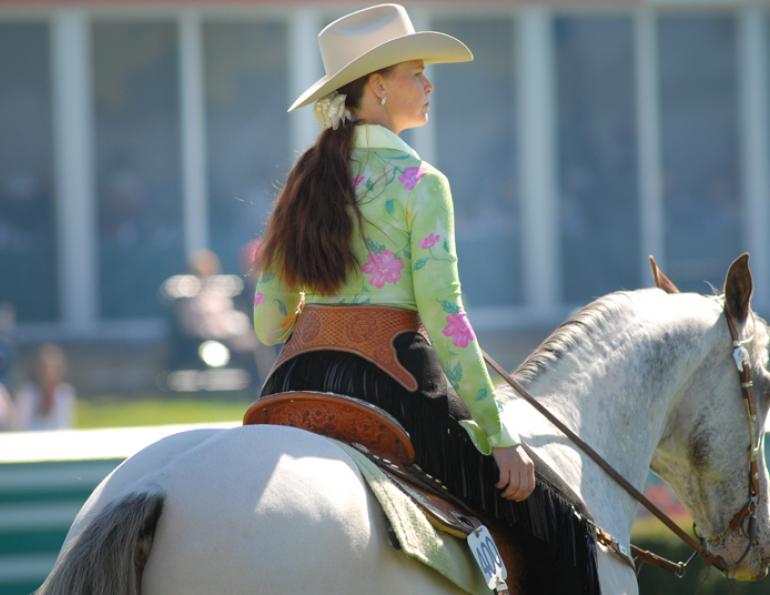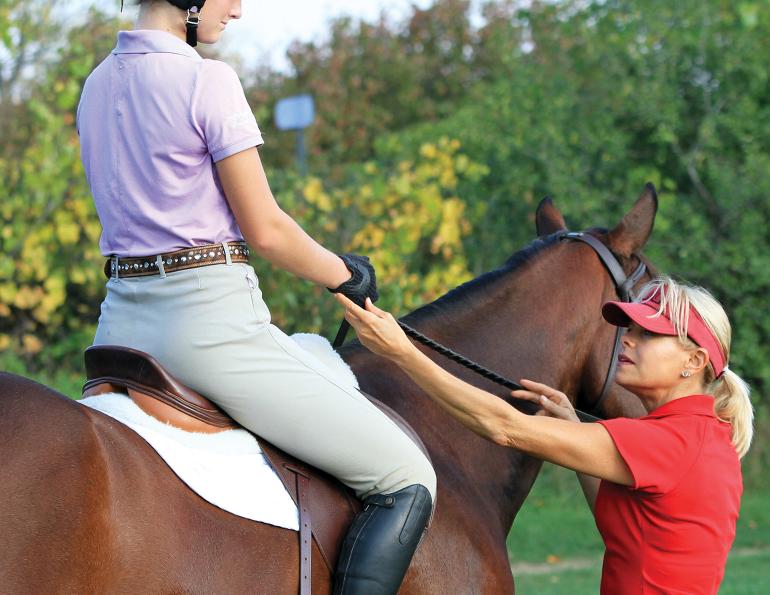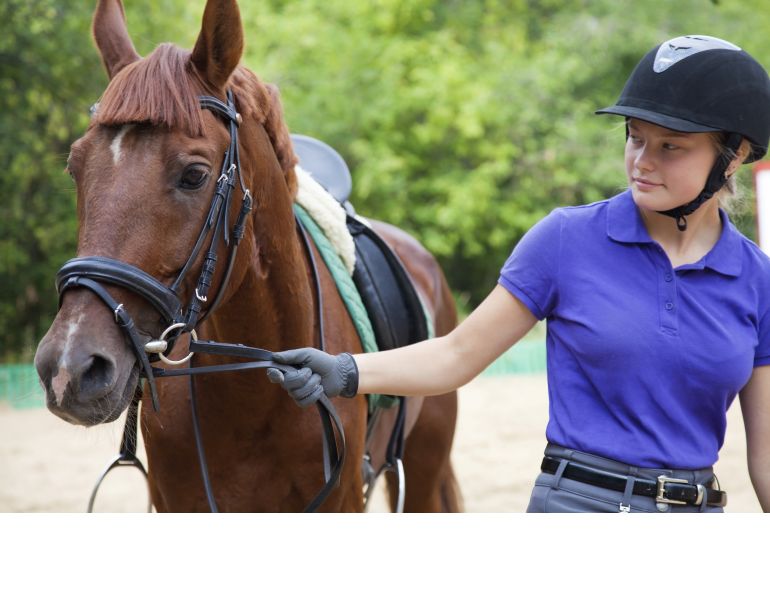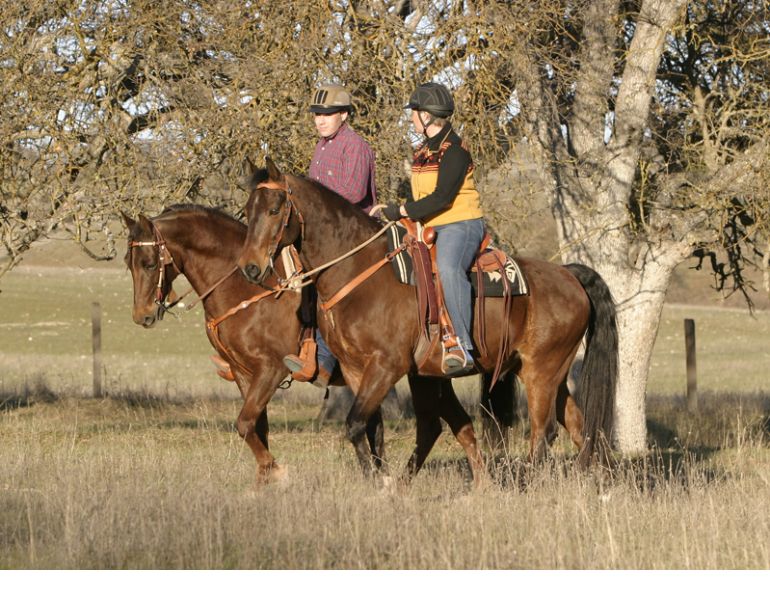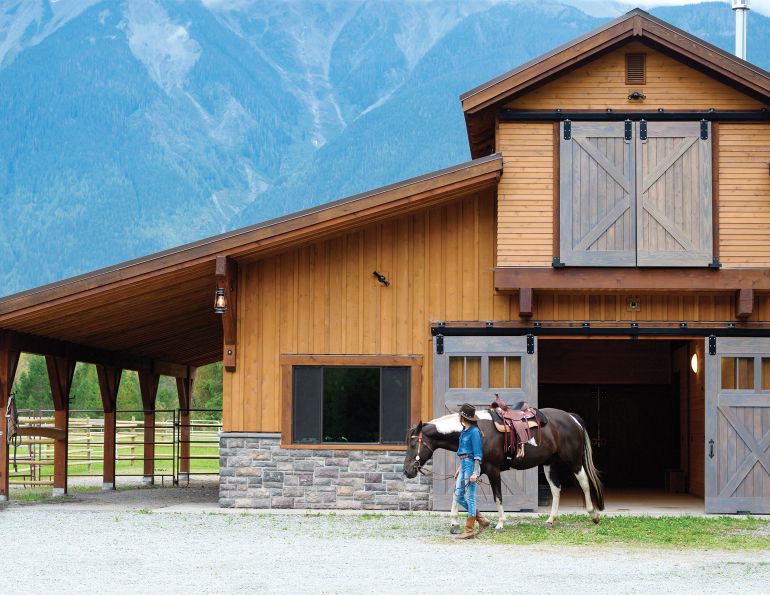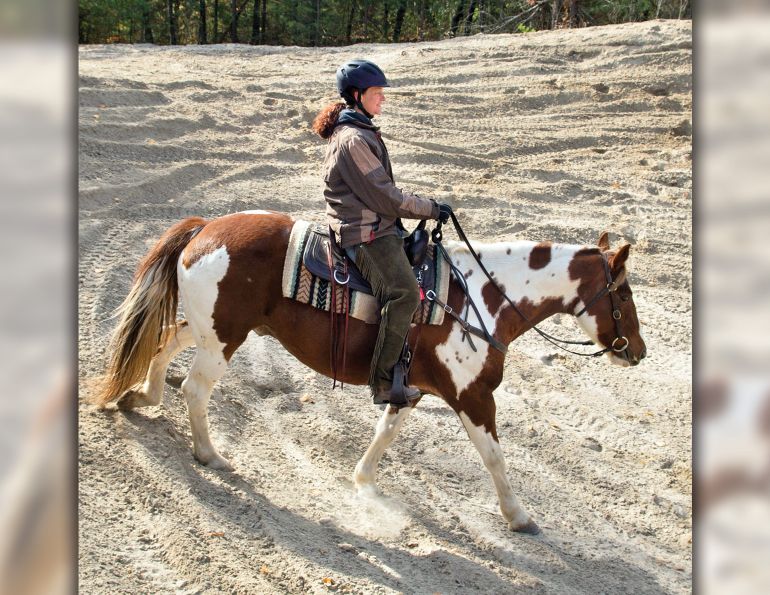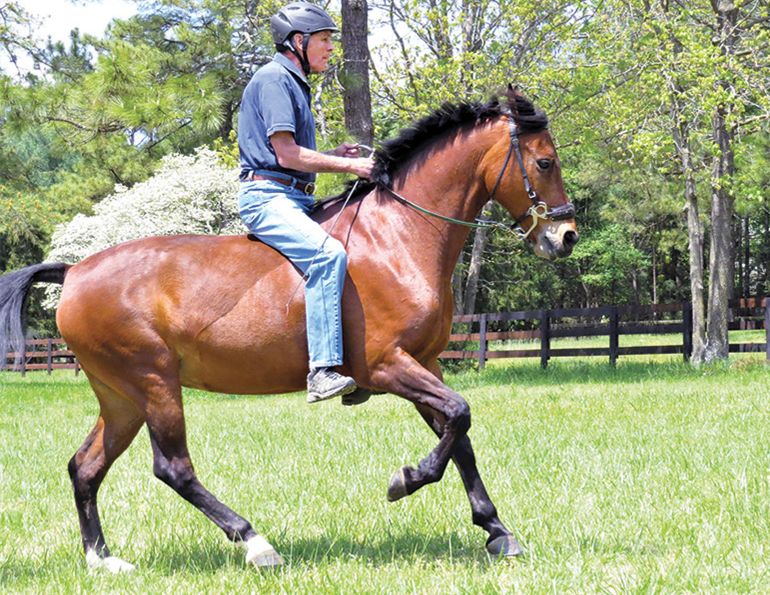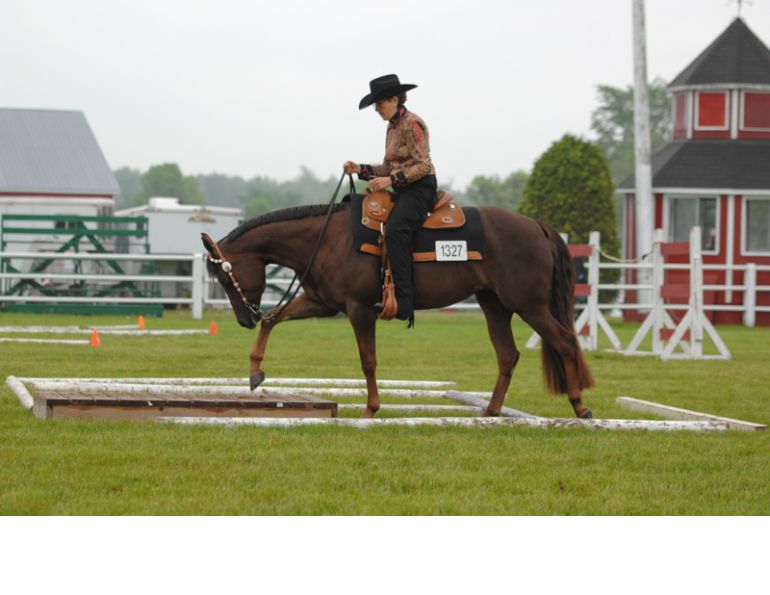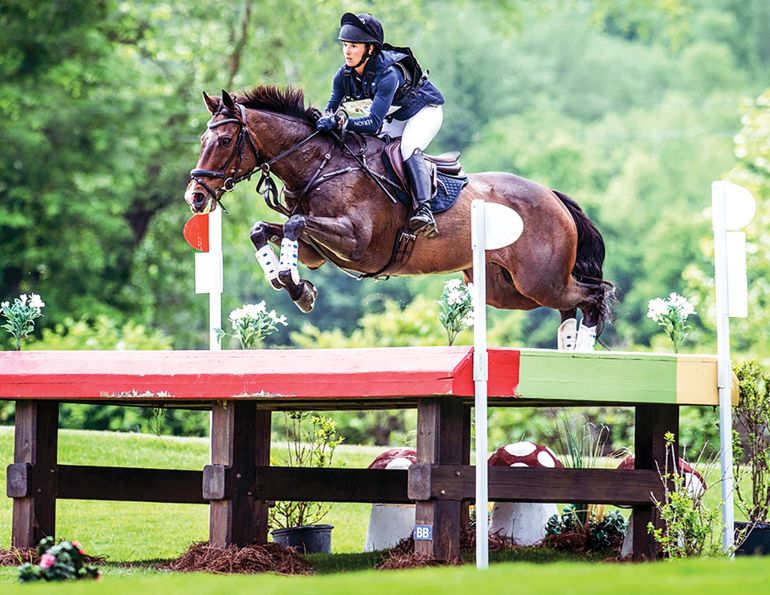By Lindsay Grice
Q: I plan to show for the first time in trail this season, but the courses are so complicated I’m afraid I’ll get lost! I have a hard time remembering showmanship and equitation patterns. I write them down accurately and memorize them, but when it’s my turn in the show ring, I often forget what comes next. Please help.
A: I have struggled with the same thing myself, so I know where you’re coming from. I went off course on countless hunter courses as a teenager. It feels like getting lost in a jungle when you don’t know where to go after an obstacle!

Walking a course or pattern helps kinaesthetic learners. If you can’t walk the actual course, set up pylons representing the obstacles in another area and walk it before your class, or mentally put yourself in the ring and walk it in your mind.
Each of us memorizes material in a different way. Some people are visual learners (learning through diagrams and demonstrations), some auditory (responding to descriptions, word pictures, and rhymes), and others kinaesthetic (learning by movement and experience). Knowing your learning style is helpful. Try a number of memorization styles in each of these categories and see what works. Here are a few suggestions:
#1 Memorize the middle
Often we get the first part of a pattern, poem, or song down, but get stuck in the middle of the second verse. Start at the middle rather than rehearsing from the beginning over and over. Get to the point where you can start at obstacle three or five and pick it up from there.
#2 Rhyme it
Word associations, rhymes, or alliteration appeals to auditory learners. For example “Lope left after logs,” or “Keep right a smidge after the bridge.” Perhaps a green obstacle, like a traffic light, will remind you to go faster (i.e. pick up a lope). Give word pictures to the obstacles based on their shape and put them together in groups or clusters of three. For example: gate, fan, and wagon wheel. You can do the same thing with a sequence of jumps or movements in an equitation pattern.
#3 Use colour
In a trail pattern, use coloured markers to illustrate where you walk, trot, or lope. This works for equitation and horsemanship patterns as well.
#4 Where next?
Visualize exiting each obstacle and turning toward the next one. I remind my students to silently say the words “What’s next?” as they’re crossing the last element. I used to fall into the trap of jumping a fence and assessing how it looked on the following strides. By the time you’re leaving the obstacle or landing from the jump, it’s too late to analyze it; forget it, pitch your thoughts to the next destination, and leave the assessment until later.
#5 Walk it
I have my students set up pylons in the barn area and walk through patterns on foot. Jumper and trail riders can walk the actual course before the class. Putting yourself into the situation appeals to kinaesthetic learners.
#6 Put it in perspective
When memorizing a pattern, imagine where the in-gate is. Where are the judges sitting? Mentally put yourself in the ring. If possible, watch the competitors in the class before you, preferably from a few different locations at ringside, not just the gate. By all means, get into the ring and ride or walk around the obstacles if show management permits.
#7 Give yourself time
If possible, pick up your pattern the day before your class. Don’t cram. The more hurried you get, the more you’ll forget! And what can it hurt to slip that pattern diagram under your pillow the night before?
Main photo: Robin Duncan Photography



